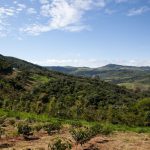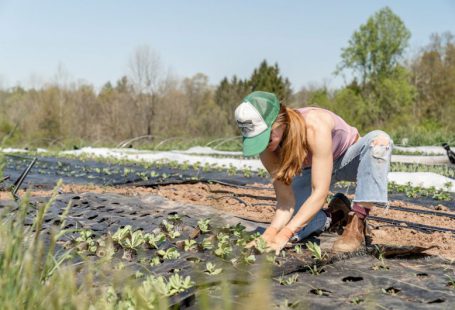Farming has come a long way from the traditional practices of our ancestors. With the rapid advancements in technology, the agricultural sector is experiencing a digital revolution like never before. Smart agriculture, also known as precision agriculture, is the integration of modern technologies into traditional farming methods to increase productivity, efficiency, and sustainability. This digital boom in farming is transforming the way we produce food and manage our natural resources.
The Rise of Precision Farming
Precision farming is reshaping the agricultural landscape by leveraging cutting-edge technologies such as sensors, drones, GPS, and data analytics to optimize crop production. By collecting real-time data on soil conditions, weather patterns, crop health, and equipment performance, farmers can make informed decisions to maximize yields while minimizing inputs. This data-driven approach allows for precise management of resources, leading to better crop quality, reduced waste, and increased profitability.
Improving Crop Monitoring and Management
One of the key benefits of smart agriculture is the ability to monitor crops with unprecedented accuracy. Sensors deployed in the fields can measure soil moisture levels, nutrient content, and temperature, providing farmers with valuable insights into the health of their crops. By monitoring these parameters in real time, farmers can adjust irrigation, fertilization, and pest control practices to optimize growth conditions and prevent crop losses. This proactive approach to crop management not only increases productivity but also reduces the environmental impact of farming operations.
Enhancing Efficiency with Automation
Automation is another game-changer in modern agriculture, enabling farmers to streamline labor-intensive tasks and improve operational efficiency. Automated systems for planting, harvesting, and irrigation can significantly reduce manual labor and increase productivity. Drones equipped with cameras and sensors can survey vast expanses of farmland in a fraction of the time it would take a human, allowing farmers to quickly identify crop diseases, pest infestations, or nutrient deficiencies. This rapid response to potential threats helps farmers take timely action to protect their crops and maintain yield levels.
Optimizing Resource Allocation
Smart agriculture enables farmers to optimize the use of resources such as water, fertilizers, and pesticides, leading to more sustainable farming practices. By employing precision irrigation systems that deliver water directly to the roots of plants based on moisture levels, farmers can reduce water waste and improve water efficiency. Similarly, variable rate application technology allows for targeted application of fertilizers and pesticides, minimizing runoff and environmental contamination. These precision farming techniques not only benefit the environment but also help farmers save costs and increase profitability in the long run.
Embracing Data-Driven Decision Making
In the era of smart agriculture, data is king. Farmers are now able to collect, analyze, and interpret vast amounts of data to make informed decisions about their farming practices. By utilizing advanced analytics tools, farmers can identify trends, patterns, and anomalies in their data to optimize crop production and resource management. This data-driven approach empowers farmers to respond quickly to changing conditions, mitigate risks, and adapt their strategies to maximize yields. By harnessing the power of data, farmers can unlock new insights and opportunities for growth in the digital age.
Sustainable Agriculture for the Future
As the global population continues to grow, the demand for food is increasing, putting pressure on farmers to produce more with fewer resources. Smart agriculture offers a sustainable solution to this challenge by promoting efficient resource management, reducing environmental impact, and increasing productivity. By embracing digital technologies and data-driven practices, farmers can build a more resilient and sustainable agricultural system for the future. Smart agriculture is not just a trend; it is a necessity for ensuring food security and environmental sustainability in a rapidly changing world.
In conclusion, the digital boom in farming is revolutionizing the agricultural industry, offering new opportunities for farmers to improve productivity, efficiency, and sustainability. Smart agriculture technologies are transforming the way we grow food, manage resources, and address the challenges of a growing population. By embracing precision farming practices, automation, data analytics, and sustainable techniques, farmers can unlock the full potential of digital innovation in agriculture. The future of farming is smart, data-driven, and sustainable – and the possibilities are endless.





